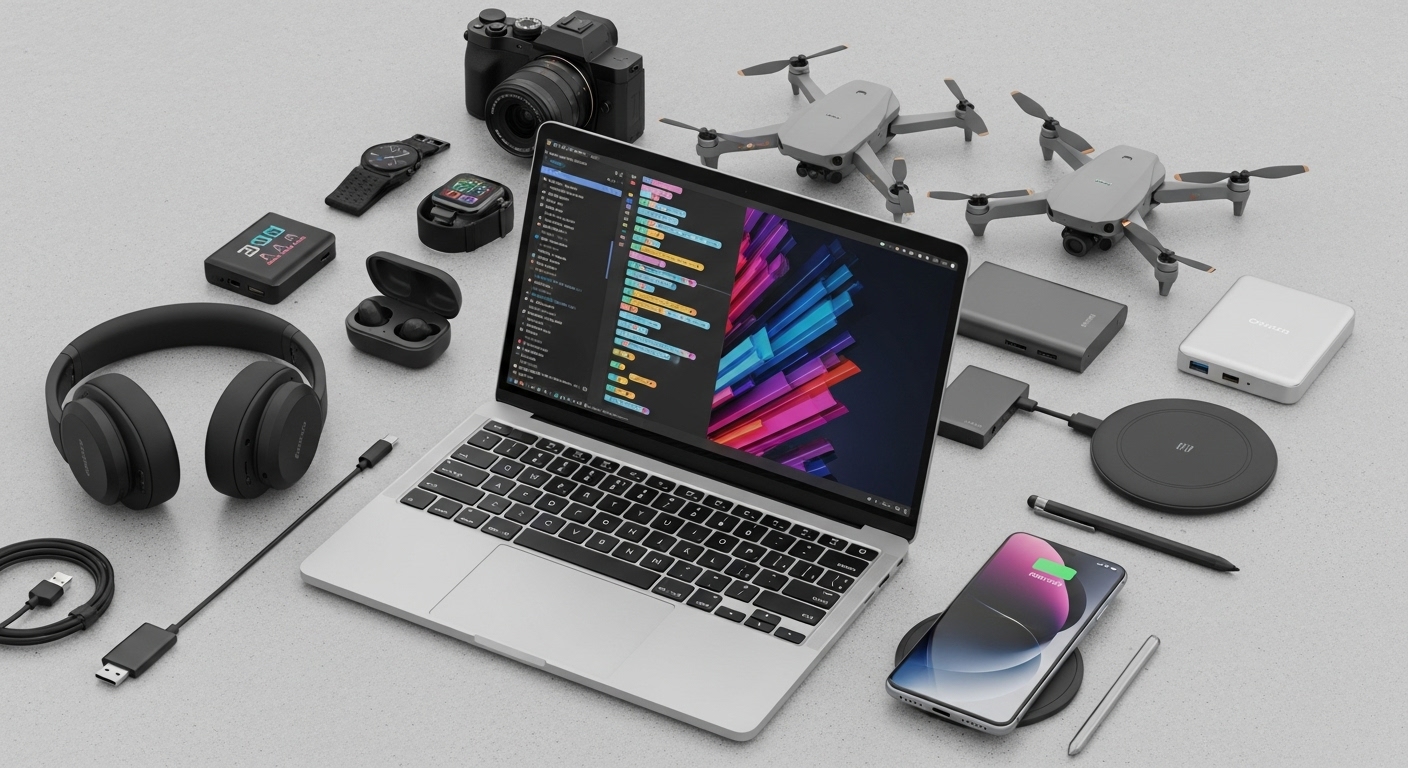As the digital world continues to evolve rapidly in 2025, so do the threats lurking in cyberspace. With increasing reliance on cloud computing, artificial intelligence, and remote connectivity, cybercriminals are becoming more advanced and aggressive. Here’s a look at the top cybersecurity threats businesses, governments, and individuals need to be aware of this year.
1. AI-Driven Cyberattacks
Artificial intelligence is a double-edged sword. While it enhances threat detection and response times, cybercriminals are also using AI to automate and improve their attacks. AI can be used to mimic human behavior, bypass security filters, and launch faster, more targeted phishing schemes or deepfake scams that are difficult to detect.
2. Ransomware as a Service (RaaS)
Ransomware attacks are no longer the work of lone hackers. Now, entire networks offer Ransomware as a Service, where even non-technical criminals can pay to deploy ready-made ransomware kits. This trend is expected to surge in 2025, targeting not just corporations but also critical infrastructure such as hospitals and public utilities.
3. Supply Chain Attacks
Cyberattacks are increasingly targeting third-party vendors and service providers. These supply chain attacks exploit the weakest links to infiltrate larger, more secure organizations. In 2025, companies are at greater risk if they don’t closely monitor their vendors’ cybersecurity protocols.
4. Zero-Day Vulnerabilities
Zero-day exploits — unknown bugs in software or hardware — remain one of the most dangerous threats. Hackers are finding and using these vulnerabilities before vendors can patch them. With more devices and platforms interconnected, one unpatched flaw can lead to massive breaches.
5. IoT Exploitation
With the Internet of Things (IoT) expanding into every corner of daily life — from smart homes to industrial equipment — the attack surface has never been larger. Many IoT devices lack robust security, making them easy targets for botnets and surveillance.
6. Cloud Misconfigurations
As more companies move to the cloud, misconfigured cloud environments have become a prime target for hackers. Poorly secured databases, unprotected APIs, and lax access controls continue to expose sensitive data to unauthorized access in 2025.
7. Social Engineering and Deepfake Scams
Phishing is evolving beyond fake emails. Attackers now use deepfake audio and video to impersonate executives, employees, or even family members. These social engineering tactics are becoming so sophisticated that traditional methods of detection often fall short.
8. Attacks on Critical Infrastructure
Energy grids, water supplies, transportation systems, and healthcare services are increasingly connected to the internet, making them vulnerable to cyber sabotage. In 2025, state-sponsored hackers and criminal groups are likely to continue targeting these sectors for both disruption and ransom.
9. Mobile Malware
As more users shift to mobile-first digital experiences, smartphones are becoming primary targets. Malware disguised as legitimate apps or updates can steal sensitive data or serve as entry points into corporate networks, especially in remote or hybrid work environments.
10. Quantum Computing Risks (Emerging Threat)
While still in its early stages, quantum computing poses a looming threat. Once practical, it could break current encryption standards, rendering today’s cybersecurity methods obsolete. Though not widespread in 2025, it’s a threat that organizations are beginning to prepare for.
Final Thoughts
Cybersecurity in 2025 demands more than just antivirus software and firewalls. It requires proactive strategies, continuous monitoring, and educating employees and users. Staying informed and adaptive is the key to staying safe in this ever-changing digital battleground.


